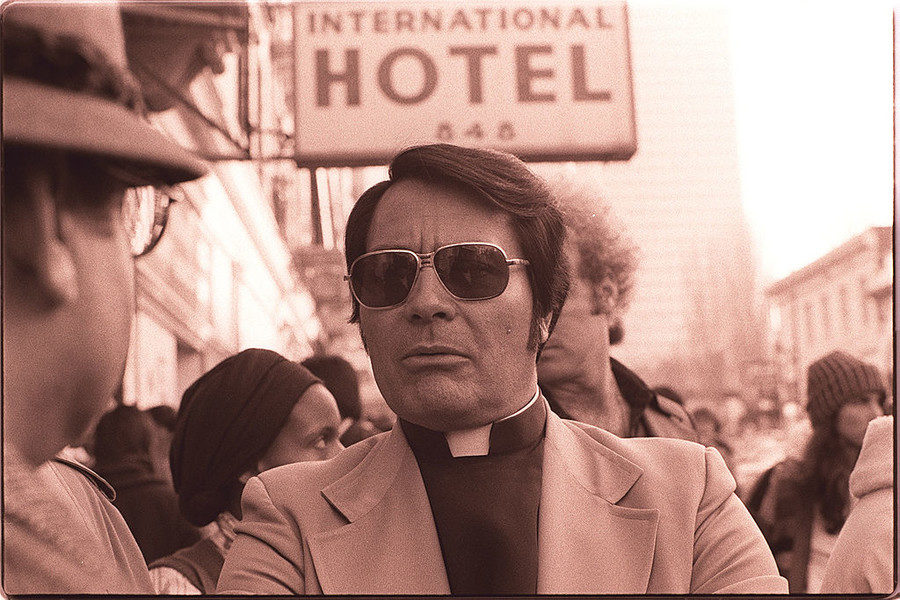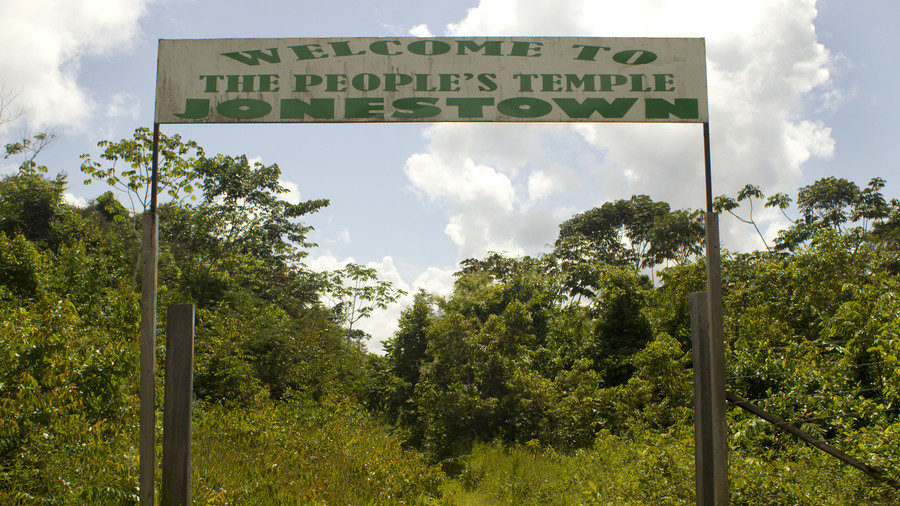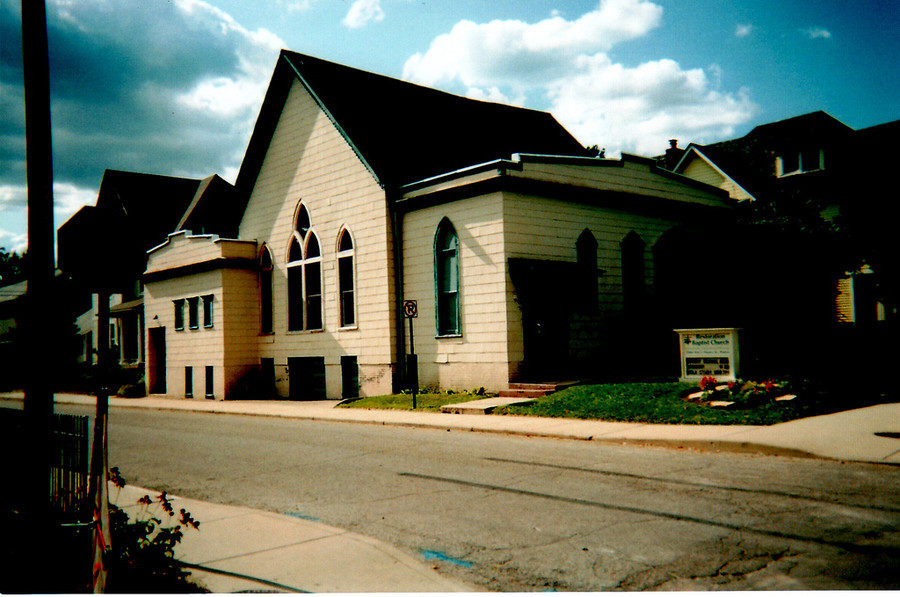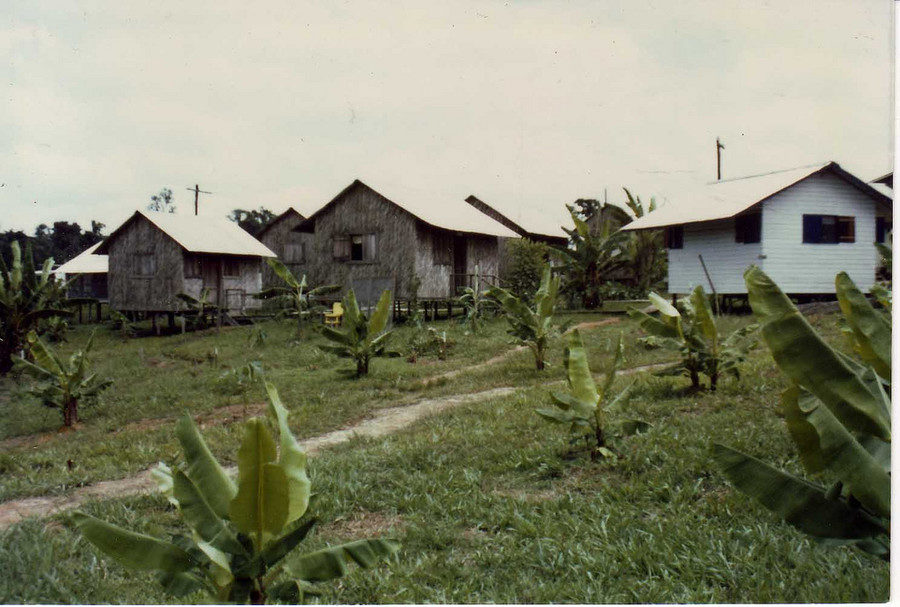But on November 18, 1978, the church became a conduit for murder and mass suicide when in Guyana, South America, the American preacher marshalled hundreds of his followers to drink Kool-Aid laced with cyanide.
A total of 909 people died in Jonestown, a village reclaimed from the rainforest and styled to the outside world as a paradise on Earth. But the reality was that Jones was keeping people captive who no longer wished to be part of People's Temple.
Evidence from FBI files suggests those living in the isolated community had been conditioned into believing their lives were in danger from outside forces. Jones kept records of residents, claiming they would commit "revolutionary suicide" or extreme violence in the event People's Temple was ever threatened.
Jonestown & Jim Jones
Former People's Temple member Laura Johnston Kohl lived in cottage 52 of the jungle commune. Speaking to RT.com, Johnston Kohl relives the moments she went from building a rainforest community to realizing too late that Jim Jones had in fact been "collecting" people, followers he would later help kill in a final show of power.
"Jim always had a public persona and the back side of that was devious. He was a genius at keeping it hidden," Johnston Kohl says over the phone. "From early on until nearly the end I used to believe he was sane, focused and righteous. I don't believe that anymore."
One of hundreds seeking a more fair and racially diverse society, Johnston Kohl cast aside her life in the US to travel to Guyana in 1977. She survived the cult killings only after relocating in October to the People's Temple administrative hub in Georgetown, Guyana.
"I think from an early age Jim went into a church and saw a minister sitting up front of this whole auditorium of people, silent, listening to the leader, and he said 'that's the job I want'.
"I think it had nothing to do with religion, nothing to do with quoting bible scripture. I think he was always motivated to have power. When it was convenient for him I think he was an egalitarian. In the actual deaths, when he killed all the people, it was his power showing - 'I can have nearly 1,000 people kill themselves because I tell them to'."

The new age church's move 2,000 miles from Indianapolis to Redwood Valley, California, provided Jones with a new audience upon which to impress his self-constructed cult persona. Former members remain split on the subject, but Jones is known to have faked healings to boost his messiah-like image.
While expressing belief that Jones had an extra dimensional power, Don Beck wrote how bloody tumors coughed up in sermons were "chicken livers" and stooges sometimes used to portray a miraculous recovery. Kohl believes Jones was able to amass a following by making people duty-bound.
"What Jim tried to do in a pretty organized way was to get somebody indebted to him. So if seniors joined it might be because Jim got their son out of prison, or he got their grandchildren out of gangs. He serviced people in important ways," she said.White Night & blackmail
At Jonestown, Johnston Kohl's energy was poured into developing agriculture for self-sustained living. People built houses, grew sweet potatoes and developed cottage industries. The happy memories are tainted with much darker elements that we now know existed within the community.
One such happening was a "White Night." The event would often involve Jones speaking over a tannoy system, informing residents in the dead of night of an impending attack or plot by outsiders to steal children.
Indeed parents in the US were seeking the return of children taken to Guyana without their consent. But Kohl states Jones frequently heightened the feeling of injustice by twisting the truth.
Undated memos sent from a People's Temple secretary to Jones show how members were encouraged to write about doing incredible acts of violence, including strapping bombs to themselves. Others mention "revolutionary suicide." It was part of a cache of material that could one day be used for blackmail.
"Quite often, Jim would have us write compromising statements and sign them," Johnston Kohl admits. "He said it was to protect People's Temple in the future if a person decided to leave. The letters were about everything - [like if] we stole from family members, and other terrible things. All of these letters were saved by Jim. And, they were used to discredit members who left."'Take the potion'
US Democratic Congressman Leo Ryan and three accompanying journalists were shot dead at an airstrip near Jonestown on November 18, 1978. The group had travelled to explore if claims of abuse were true and extract people wanting to leave the commune.
The visit poured fuel on Jones' already heightened sense of paranoia and erratic thinking. In a recording from November 18, 1978, known as the 'death tape', Jones explains to a crowd in Jonestown how People's Temple members are following the Congressman back to his plane.
"I didn't plan it, but I know it's going to happen. They're going to shoot that pilot, and down comes the plane into the jungle and we had better not have any of our children left when it's over," Jones declared.Had she been in Jonestown at the time, Johnston Kohl suspects she would have taken the cyanide concoction. She credits one of Jones' sons with stopping religious members based in Georgetown from following through on the suicide pact.
So my opinion is that we be kind to children and to seniors and take the potion like they used to do in ancient Greece, and step over quietly because we are not committing suicide. It's a revolutionary act." He is later heard telling people that all they are doing is "taking a drink... to go to sleep, that's what death is."
Next year marks the 40th anniversary of the massacre. Johnston Kohl hopes the event will allow her to make one last visit to the place that was once the "most precious" part of her life.
"People's Temple was really my adopted family. I suspected that those people who lived in Jonestown would be the people I spend the rest of my life with. I was never planning to go back and live in the US. So Jonestown was my everything, that was the dream of what the future could be. They were everything and now they were all dead. We were totally numb."






Sweetheart, YOU were totally NUMB to begin with!